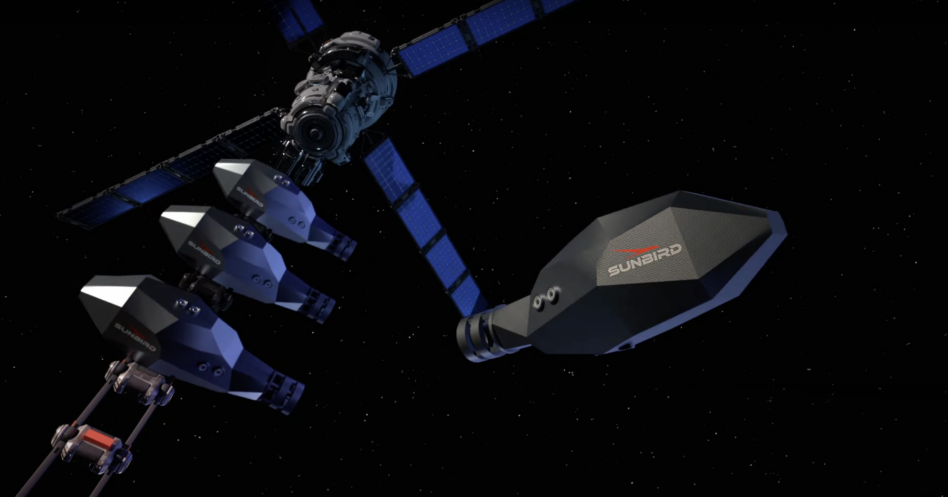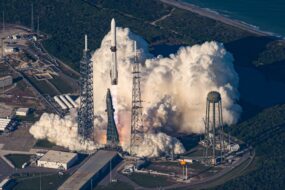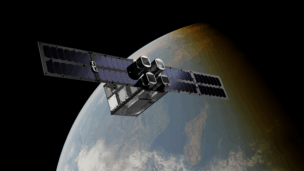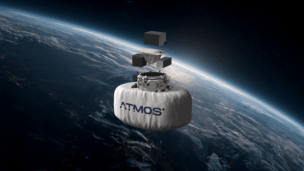In December, NASA’s Parker Solar Probe set the record for the fastest human-made object in history, when it used seven Venus gravity assists to fly an Icarus-distance away from the Sun at 430,000 mph.
A new rocket from Pulsar Fusion, a UK-based nuclear propulsion startup, aims to generate its own blistering speeds without the planetary boost.
The Sunbird Migratory Transfer Vehicle is a nuclear-fusion powered rocket capable of reaching 329,000 mph. Its goal is to drastically reduce the transport times to the Moon and Mars, while offering as much as 2 MW of power to payloads upon arrival.
Under the hood: Sunbird packs a lot of power in a small package. The entire vehicle stands about ~30 m (100 feet) long and is powered by a Dual Direct Fusion Drive (DDFD) that uses minimal fuel to produce high Delta V.
- The DDFD consists of two linear nuclear fusion engines, which burn Deuterium and Helium-3 to produce the aneutronic fusion reaction necessary to reach high speeds.
- The plasma from the DFDD is then focused into Pulsar’s exhaust “divertor,” which uses superconducting magnets to protect the nozzle, and reach exhaust speeds of 223 km per second.
- Sunbird is equipped with eight of the company’s MoonRanger Hall Effect thrusters to perform precise maneuvers in between long-duration missions.
- The entire rocket is encased in a high-density blend of metal composites to shield the vehicle from radiation.
Hitching a ride: Sunbird is designed to be used as a long-distance orbital transport vehicle. The company expects to stage multiple Sunbirds on orbit, where they can latch onto spacecraft in LEO and tug to a destination far, far away—ultimately saving riders transit time and fuel.
The rocket may be used for missions including rapid cargo delivery to the Moon and Mars, and transporting probes to destinations around the Solar System. Sunbird is also designed to support asteroid mining missions, and quickly ferry deep space telescopes to Lagrange points near Earth.
Pulsar Fusion expects its Sunbirds to tug 1,000-2,000 kg (2,200-4,400 lb) of commercial cargo to Mars in under six months—or to Pluto in less than four years, if you’re headed that way.
What’s next: Pulsar Fusion plans to test its nuclear fusion tech in space in 2027, with an in-orbit test of the Sunbird’s power system set for later this year.




